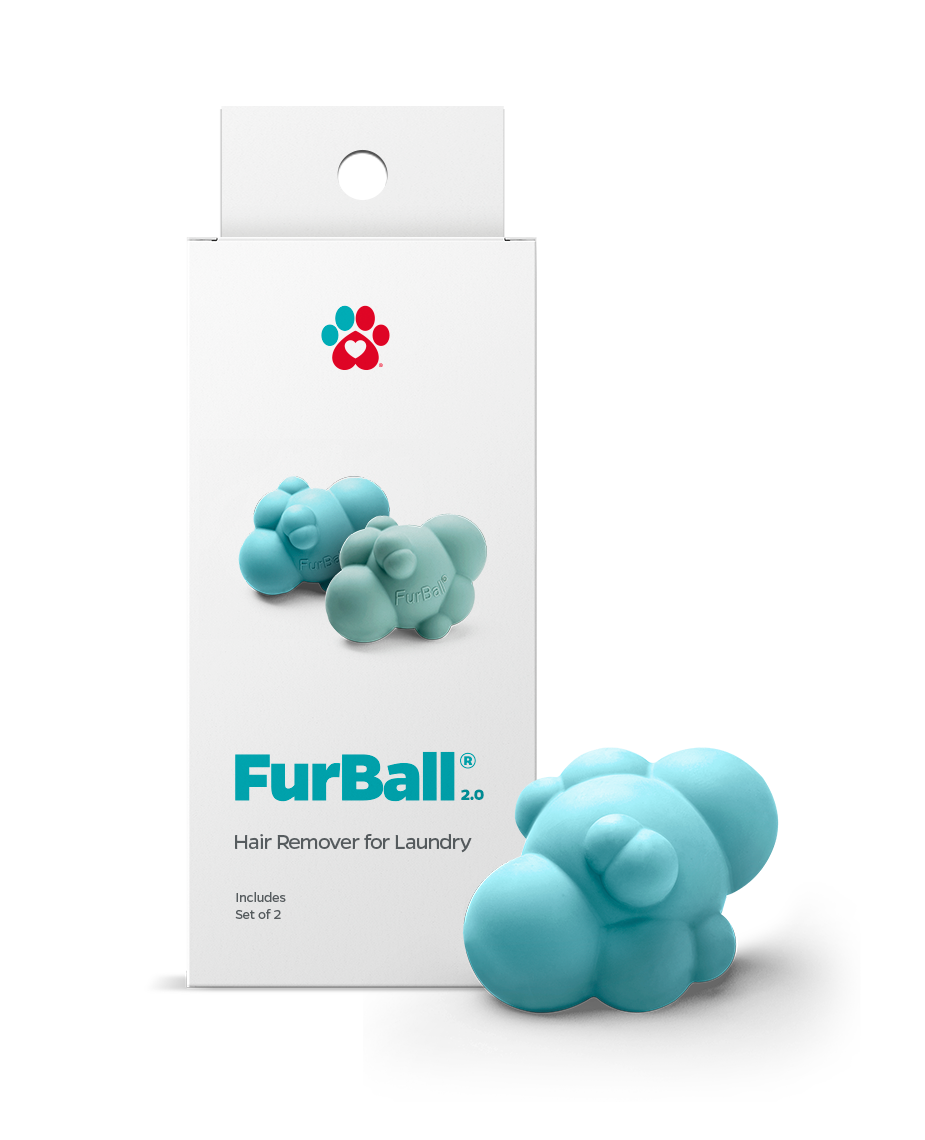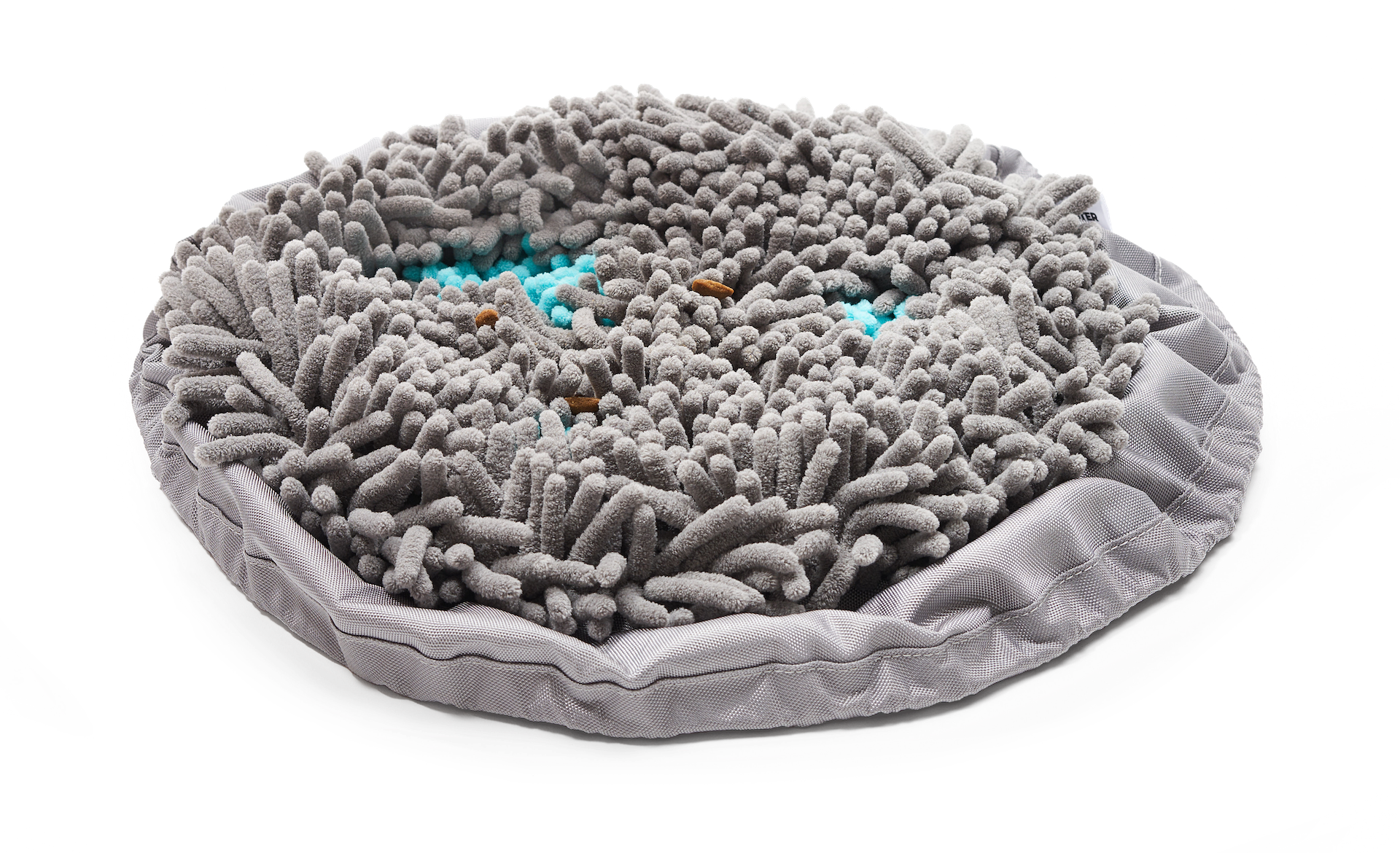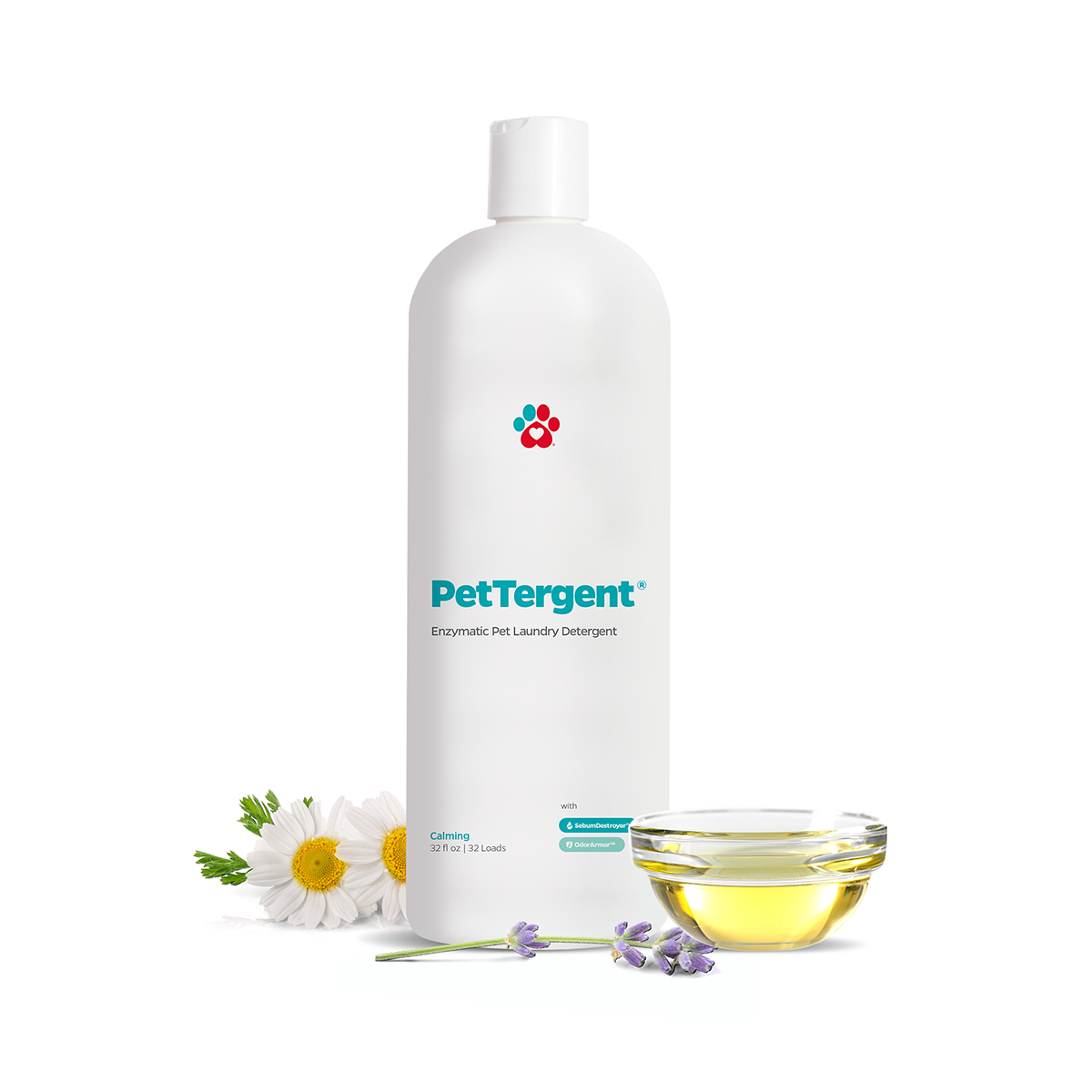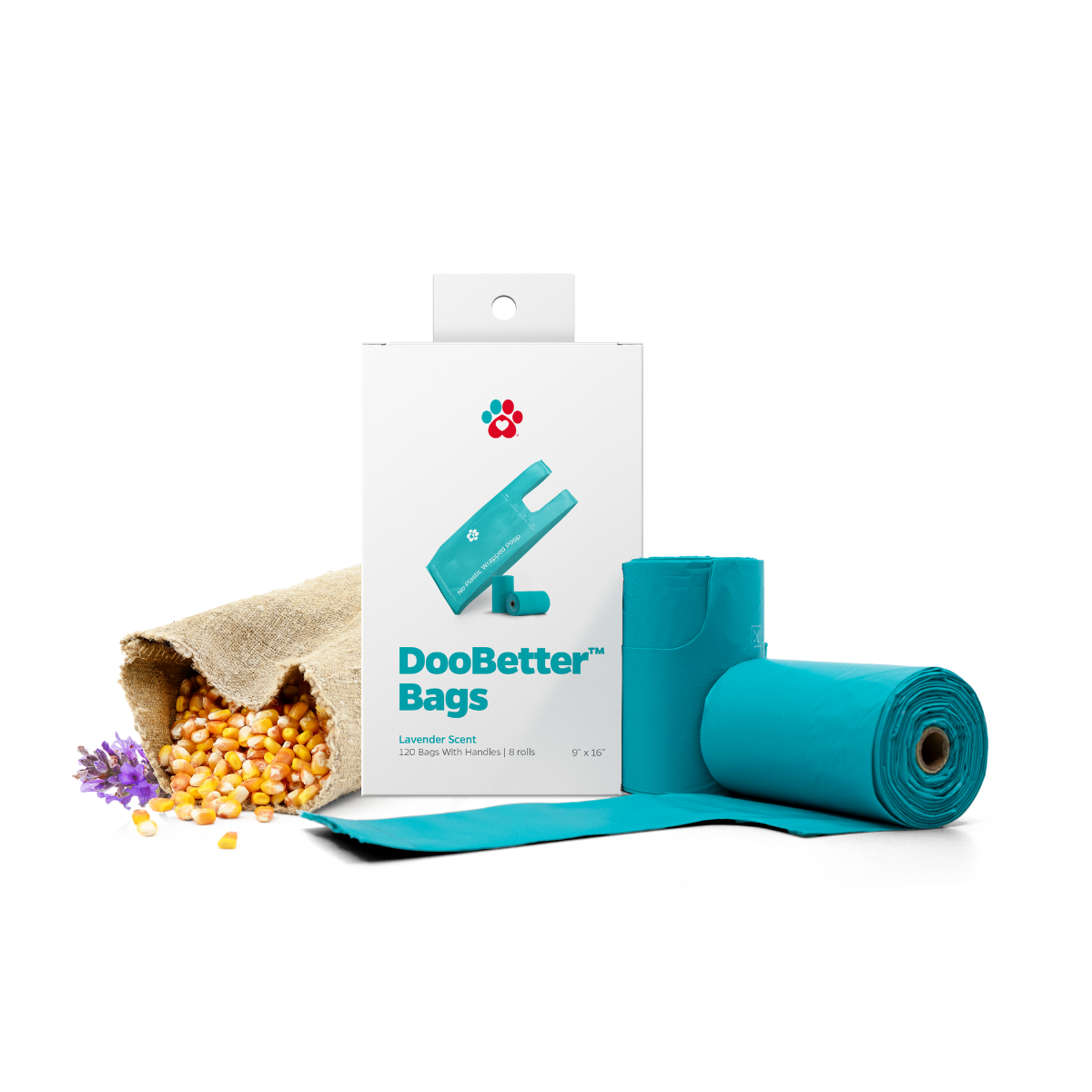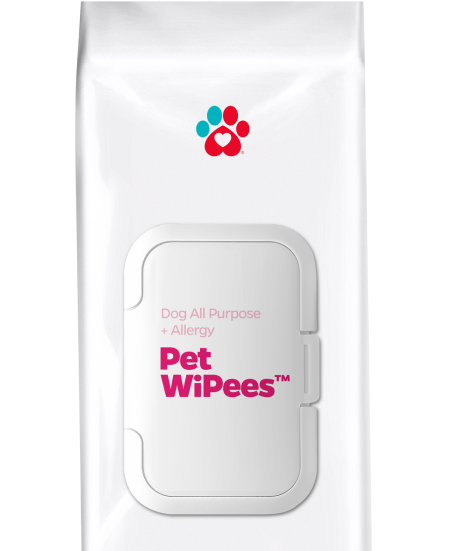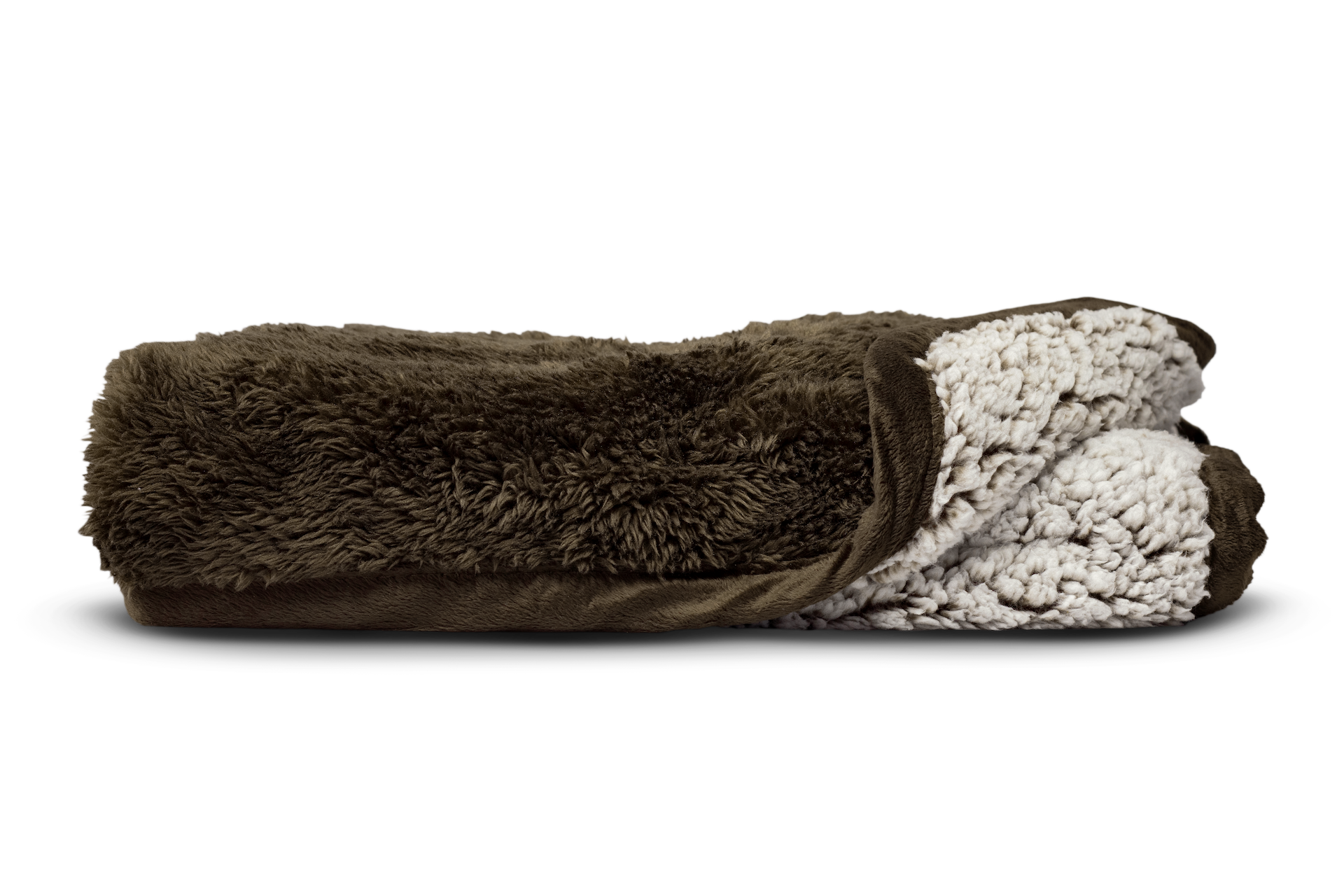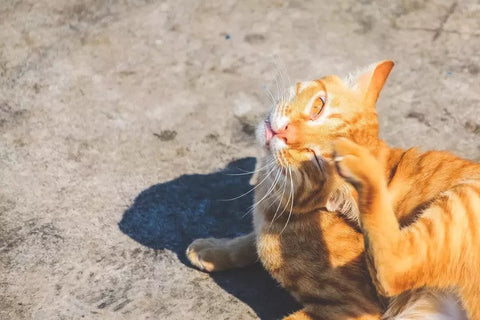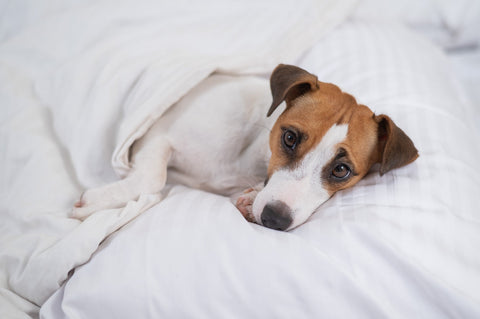Incontinence after Spaying - Has your female dog suddenly sprung a leak after being spayed? This leaking of urine is not the same as behavioral marking, mostly seen in male dogs, nor is it the same as the puddles you might find in the house with a new, untrained puppy. Dog incontinence after spaying is entirely different.

"Although any dog can become incontinent as they age, especially larger breeds and those that are overweight, this type of leaking is most common in recently-spayed female dogs."
Incontinence after spaying normally happens when your dog is sleeping or at rest. This is a result of the operation they have just gone through and the hormonal changes they occur after the procedure. Changes in estrogen and progesterone levels affect the urinary sphincter mechanism. This is the muscle group in the urethra near the bladder that keeps the urethra shut tight. The specific smooth muscles that are affected are actually part of the involuntary nervous system.
This means that no matter how well-trained your dog is, she simply cannot help it when suffering from dog incontinence after spay. This also means that you should NEVER yell or reprimand your spayed female for leaking urine. She simply has no control over her bladder.
Signs of Female Incontinence After Spaying
You will most likely notice that your dog dribbles while walking or lying down, so you will probably find wet spots on the bedding or areas where she sleeps. This may be side effects of the anesthesia but if it lasts longer or re-occurs months after the surgery and your dog seems to not be getting better from the leaking, consult your vet as it may be spay incontinence. You may also notice your female dog is licking the area of skin that has become irritated by urine. These are symptoms of spay incontinence.
Your vet will diagnose spay incontinence through your dog’s medical history, clinical signs, blood tests, and urine tests. They may also perform a bladder radiograph (X-ray) and ultrasound on your dog to make sure their diagnosis is not confused with other diseases.
Can spaying cause incontinence in dogs? Unfortunately, yes, it can be one of the side effects of spaying a dog. Incontinence after spaying appears on your furbaby first before it actually appears on your floor.
You will occasionally notice and wonder why your female dog is leaking urine when lying down or while resting. Or, you might notice some of these common signs of dog incontinence after spaying:
- Your furbaby's hind legs are wet
- She is licking at her vulva often
- Her favorite corner of the house is always damp or smells of dog pee
- She has burn marks on her skin around her private parts
- She is showing signs of discomfort after spaying
- Wet spots where your dog lays
- She is exhibiting behavioral changes
Each of these can be considered a spay incontinence symptom. Incontinence after spaying typically develops immediately or some months after the actual spaying procedure. According to the National Center for Biotechnology Information, urinary incontinence occurred on average at 2 years and 10 months after surgery and occurred each day, while the dogs were awake or during sleep.
Sadly, many of these dogs will develop a urinary tract infection because of the constant licking of the vulva and its constant exposure to urine, which can make the situation worse. Since the sphincter is weak, it allows bacteria to travel inside the bladder. And all of that licking is creating a breeding ground for bacteria. It’s the perfect storm of sorts and makes incontinence even worse.
If your dog has recently been spayed and has any of the symptoms mentioned, you should schedule a follow-up appointment with your vet, who will want to do a urinalysis and blood work, and perhaps even culture to determine the kind of bacteria that is present if an infection is occurring.
“Will my vet know if my dog will develop incontinence after spaying?”
Your vet cannot predict if your dog will be the one to develop incontinence, but according to Dogs Naturally Magazine, obese dogs and pets that are spayed under the age of six months are more at risk. This is because of the common cause that is a hormonal imbalance that occurs after spaying.
For the urinary tract tissues of your furbaby to function well, it greatly depends on the amount of estrogen that it's exposed to. After your pet's ovaries are removed, her estrogen levels become too low to supply proper function of the tissues in the urinary tract, thus exposing pets who are spayed early to the possibilities of incontinence.
How to Deal with Urinary Incontinence from Spaying
In the past, veterinarians typically treated the side effects of spay incontinence with hormone injections or pills. Unfortunately, this treatment usually had numerous side effects like hormonal imbalance and kidney problems.
Nowadays, the drug phenylpropanolamine is prescribed and is considered safe and effective by the veterinarian community. Luckily it comes in chewable, so most dogs will happily take it. The downside is that this drug only serves to make the urinary sphincter work more effectively in the short term. This means that the drug must be administered for the dog’s lifespan and can be costly.

Treatments may not work for all dogs and pet parents, only management of the dog or puppy incontinence after spaying. In these cases, dog diapers are a terrific option. Dog diapers, like Pet Parents® Washable Dog Diapers, may also be a good option for those people who cannot afford lifelong medications. If your dog typically wets at night while sleeping, washable dog diapers would be a more affordable option (since you can wash and reuse it again and again). This is one with no side effects, too, as these diapers are made with our soft non-abrasive WickQuick® proprietary fabric that absorbs liquid and moisture instantly, helping prevent diaper rash and urine burns.
You can also place waterproof pads, clean towels, or washable pads on her favorite resting spot or sleeping spot so that it can help absorb any leakages (if there's any). This also helps in preventing any related skin infections or urine burn since your furbaby won't be able to lie down and soak herself in her own mess for a long period of time. Washable pads, like Pawtect® Pads will come in handy as these are premium pads that are super-absorbent and stitched so strongly to prevent your furbaby from shedding it to pieces. These pads also have the StickyPaw™ backing that grips the floor so it won’t be moved and tracked all over your house.
Pet Parents® is the leading manufacturer of washable dog diapers. We have sizes that will fit the tiniest of teacup chihuahuas to the largest Great Danes, and any breed in between.

You can also provide your furbaby with Pet Parents® Dog Cranberry Supplement to provide your furbaby with healthy ingredients, like Pacran® (the most scientifically proven cranberry product for urinary tract health), to help bladder & dog kidney support for your incontinent furbaby. This supplement is on top of the list when it comes to urinary tract health. It helps ensure that your furbaby is being provided with the best value & quality to help support dog bladder health.
Also, consider providing Multifunctional SoftSupps®, a dog multivitamin, to provide your furbaby with beneficial ingredients that help promote powerful daily health support, help ensure that your furbaby is being provided with top-notch value & quality to help promote daily health & growth.
Pet Parents® is the leading manufacturer of washable dog diapers. We have sizes that will fit the tiniest of teacup chihuahuas to the largest Great Danes, and any breed in between.

"Dog diapers may also be a good option for those people who cannot afford lifelong medications."
Your furbaby suffering from incontinence after spaying may be hard to deal with at first but eventually, you will find ways, treatment, and management methods that suit your furbaby well. In the time being, show her you are there for her especially during this difficult time.
